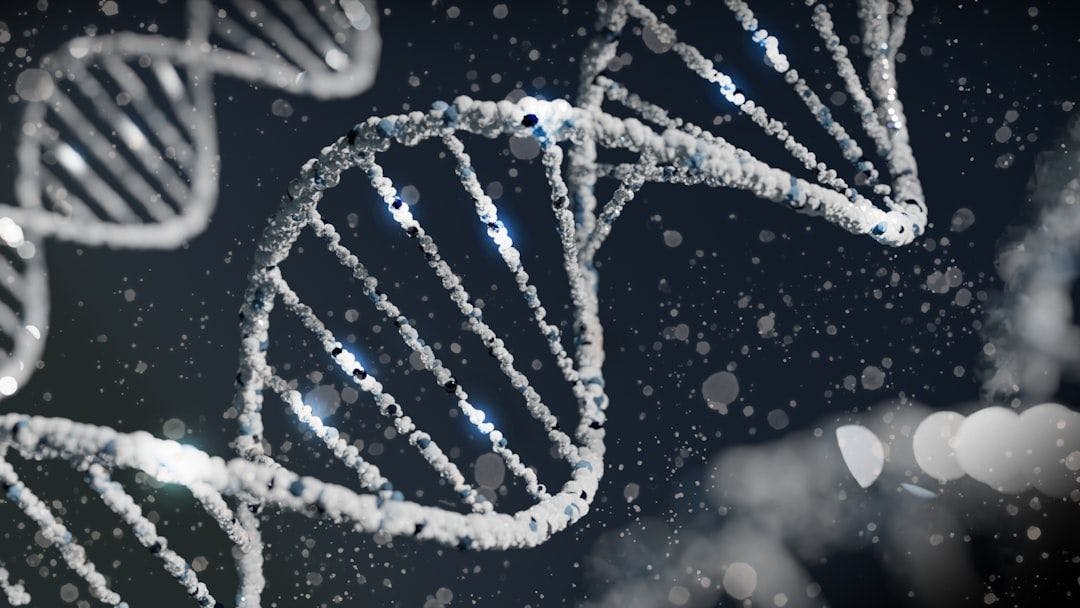There is a recent perspective in The Transmitter, Why hasn’t genetics taught us more about schizophrenia?, stating that, “What should we conclude? I certainly don’t question the value of searching for genes that cause or confer susceptibility to disease and provide therapeutic targets. There have been far too many triumphs to leave any doubt that genome sequencing of various sorts will continue to be a centerpiece of disease-relevant research. On the other hand, in the realm of the brain, genetic approaches may be more valuable in studies of diseases in which cells appear to malfunction or die—generally neurodegenerative or neurological disorders—than those in which circuits appear to malfunction without obvious cellular pathology—generally behavioral or psychiatric conditions. Unraveling schizophrenia, bipolar disorder, depression, autism and so on will likely need to rely more heavily on other methods.”
“They might include human neural organoids to seek cellular and molecular changes, and neuroimaging to seek systems-level perturbations, as well as better biomarkers and identification of specific affected cell types. In the long run, results from these emerging methods could be combined with genetic data to teach us how schizophrenia happens and how to treat it effectively.”
What does it mean that “circuits appear to malfunction without obvious cellular pathology”? Circuits are neural circuits. So, if neural pathology is not the problem, what are the other options in the circuits?
Electrical and chemical signals. There is no neural circuit without electrical and chemical signals. There is no other method in brain science that can be potent in addressing behavioral or psychiatric conditions without exploring electrical and chemical signals first, as the next best option because to rule them out would mean to have sought them out.
How can the signals be approached? One option is to look at neurons in clusters. Neurons in clusters mean that electrical and chemical signals are in sets or in loops. There could be a set per cluster or several sets. The work, conceptually, of these sets is to configure specific information. This means that information is organized by sets of signals. Functions are preliminary information, obtained in the interactions of electrical and chemical signals. Functions include memory, feeling, emotion, and regulation of internal senses. These functions have several subdivisions. Attributes that qualify these functions include attention, awareness, subjectivity, and intent.
Attributes are the states of respective signals, in sets, at the time of the interaction. So, towards solving psychiatric problems, the interactions and attributes of signals could be used to explain or construct a parallel to every condition in the Diagnostic and Statistical Manual of Mental Disorders, Fifth Edition, Text Revision (DSM-5-TR).
For example, what is depression, by the architecture of electrical and chemical signals? It could be described by an attribute of chemical signals called principal spot, where a set of signals takes a higher than prioritized position, drawing electrical signals from other sets, reducing their measures of pre-prioritization.
Simply, depression can be chemical signals at a principal measure [or spot], which then attracts summaries of electrical signals from several other sets, which may not have had anything to do with the set at the principal spot. This draw then reduces the optimal operation of those sets, resulting in experiences like heaviness, lack of motivation, sadness, and so forth. Other attributes that may be responsible include sequences, splits, and so forth.
Every condition in the DSM-5-TR can be explained this way, in proximity to what might be ongoing within, by the operational components of the mind—the electrical and chemical signals. With this, it is possible to prospect therapies to remove the set from the principal measure by certain adjustments in an interval. This could also be similar to several other conditions. Even in seeking biomarkers, it is possible to use the interactions and attributes of electrical and chemical signals to place observable possibilities on measures that may represent biomarkers for some conditions. Genes are not the human mind. Neurons too are not the human mind.
The goal is progress. What is ahead of neurons in how the brain works are the electrical and chemical signals. Exploring them could provide answers where genetics has struggled in aspects of brain science.
There is a new paper in JAMA Psychiatry, Predicting Diagnostic Progression to Schizophrenia or Bipolar Disorder via Machine Learning, stating that, “Can diagnostic progression to schizophrenia or bipolar disorder be accurately predicted from routine clinical data extracted from electronic health records? In this cohort study of 24 449 patients aged 15 to 60 years with a total of 398 922 outpatient contacts to the Psychiatric Services of the Central Denmark Region between 2013 and 2016, progression to schizophrenia was predicted with higher accuracy than bipolar disorder, which proved to be a more difficult target. These findings suggest that detecting progression to schizophrenia through machine learning based on routine clinical data is feasible, which may reduce diagnostic delay and duration of untreated illness. These findings suggest that it is possible to predict diagnostic transition to schizophrenia and bipolar disorder from routine clinical data extracted from EHRs, with schizophrenia being notably easier to predict than bipolar disorder.”










